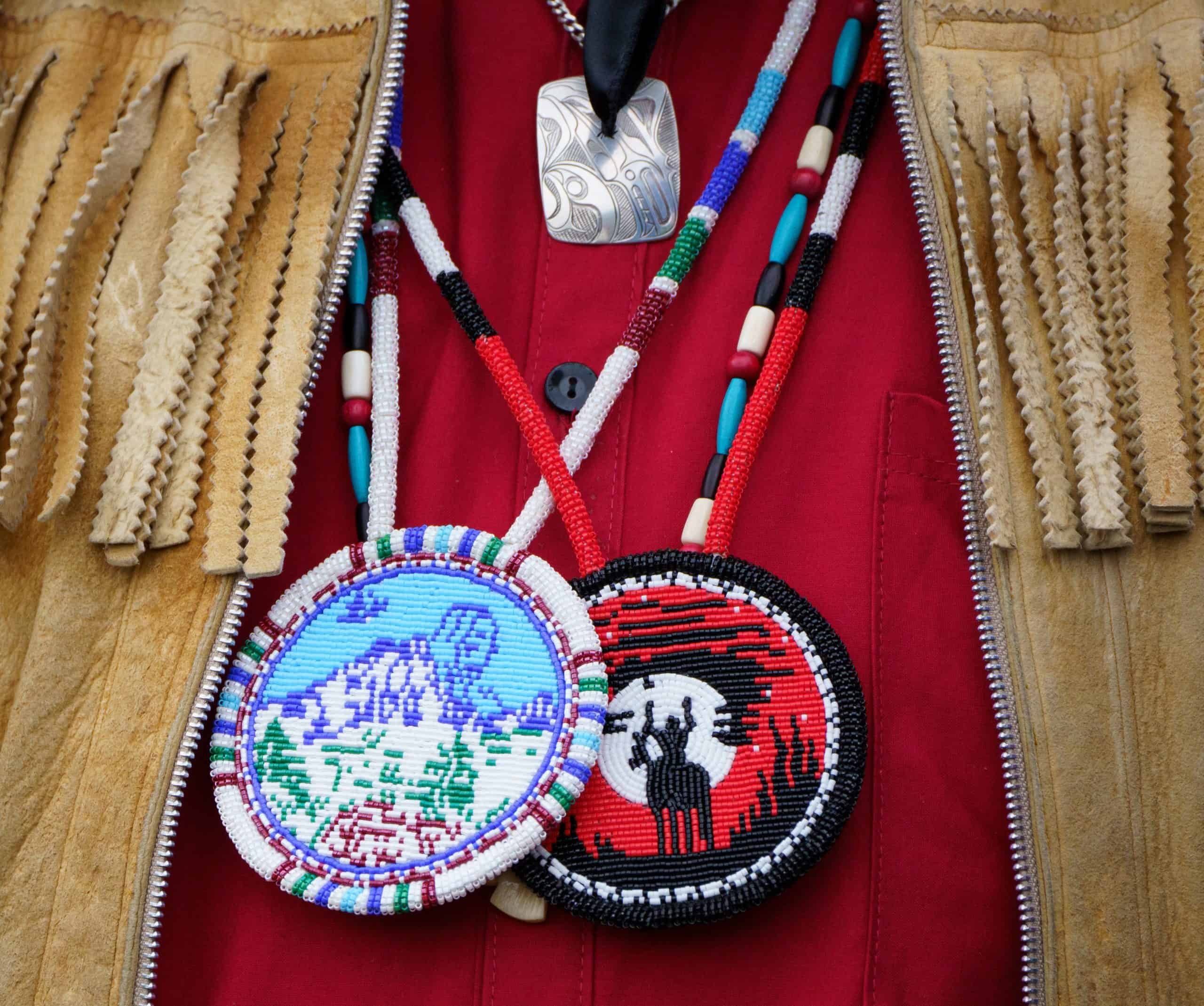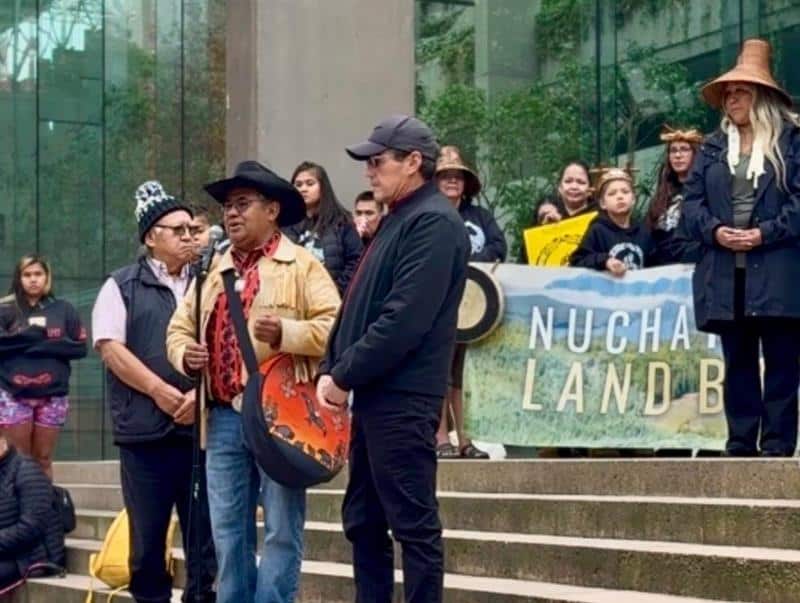VICTORIA, BC: As Heritage Week continues in British Columbia, the Environmental Law Centre, in with the Tŝilhqot’in National Government and other Nations have released a cultural heritage guide, Protecting Indigenous Cultural Heritage Resources on Private Land, which provides recommendations to all levels of government in the province on how to empower Indigenous management of heritage resources.
The publication documents the legal tools and innovative strategies that Nations in BC are currently using to protect cultural heritage resources, while also making detailed recommendations for Indigenous, provincial and municipal governments. Heritage resources include items such as artifacts, regalia, burial grounds, spiritual sites, initiation sites, transformation sites, cultural practice sites, spiritual bathing sites, and culturally significant landscapes, landmarks and trees.
“One aspect of revitalizing and holding up our language and culture is to protect our sacred sites and artifacts as tools for education and honouring our past,” says Chief Otis Guichon, Vice-Chair of the Tŝilhqot’in National Government. “We know that it takes effort from all levels of government to preserve this history. This guide created with ELC and other Nations is a step down a path of working together with a common understanding and objective.”
Protecting Indigenous Cultural Heritage Resources on Private Land compiles specific measures Nations have used, or may want to consider, to protect Indigenous cultural heritage resources and to assert jurisdiction on private lands. It also provides direction to local and provincial governments on how to support Indigenous-led solutions.
“Archaeological and cultural heritage resources are subject to BC’s Heritage Conservation Act, but the Act fails to adequately recognize the full ambit of irreplaceable heritage resources – and fails to provide adequate authority to Nations to manage their heritage. Too often, enforcement of the Act is not taken seriously,” says Calvin Sandborn, KC, senior counsel with the ELC. “Resource development, construction,
urbanization, tourism, theft, and vandalism routinely desecrate or compromise Indigenous cultural heritage resources. This destruction is a striking example of ongoing colonial injustice, and it must stop.”
Nations have used different legal tools and have asserted their jurisdiction to protect sacred sites and resources on their territories. This includes establishing First Nation permitting systems supported by comprehensive heritage policies—as the Stó:lō and Sts’ailes have done. Nations have also increased their internal capacity and monitoring of their territory, as well as developed strong relationships with proponents and municipal governments. Other tools include registering covenants, establishing
Indigenous Protected and Conservation Areas, purchasing land and establishing local government
Indigenous Heritage Bylaws. Jurisdictions outside of BC have established comprehensive lists of protected sites that are integrated into local development and planning. The ability of a Nation to negotiate shared decision-making under the Heritage Conservation Act is also explored.
“We hope this document helps to raise awareness about the lack of protection for Indigenous cultural heritage resources in BC—and motivates colonial governments to address the gaps in their law and policies,” says Sandborn. “We also hope that it provides resources for interested Nations dealing with cultural heritage issues and contributes to the important conversations Nations are now leading on
cultural heritage issues.”
RESOURCES:
Protecting Indigenous Cultural Heritage Resources on Private Land
• https://elc.uvic.ca/publications/protecting-indigenous-cultural-heritage-resources-on-privateland/
• 2023-01-30-Protecting-Indigenous-Cultural-Heritage-High-Res.pdf (tsilhqotin.ca)
Calvin Sandborn, KC
Senior Counsel
Environmental Law Centre
250-472-5248
csandbor@uvic.ca
Myanna Desaulniers
Communications Manager
Tŝilhqot’in National Government
(250) 305-7885
myanna@tsilhqotin.ca
November 6, 2025 — Williams Lake, BC Tŝilhqot’in Call for End to Political Fear-mongering About
October 20, 2025 — Williams Lake, BC Tŝilhqot’in Stand with Nuchatlaht First Nation at Historic

